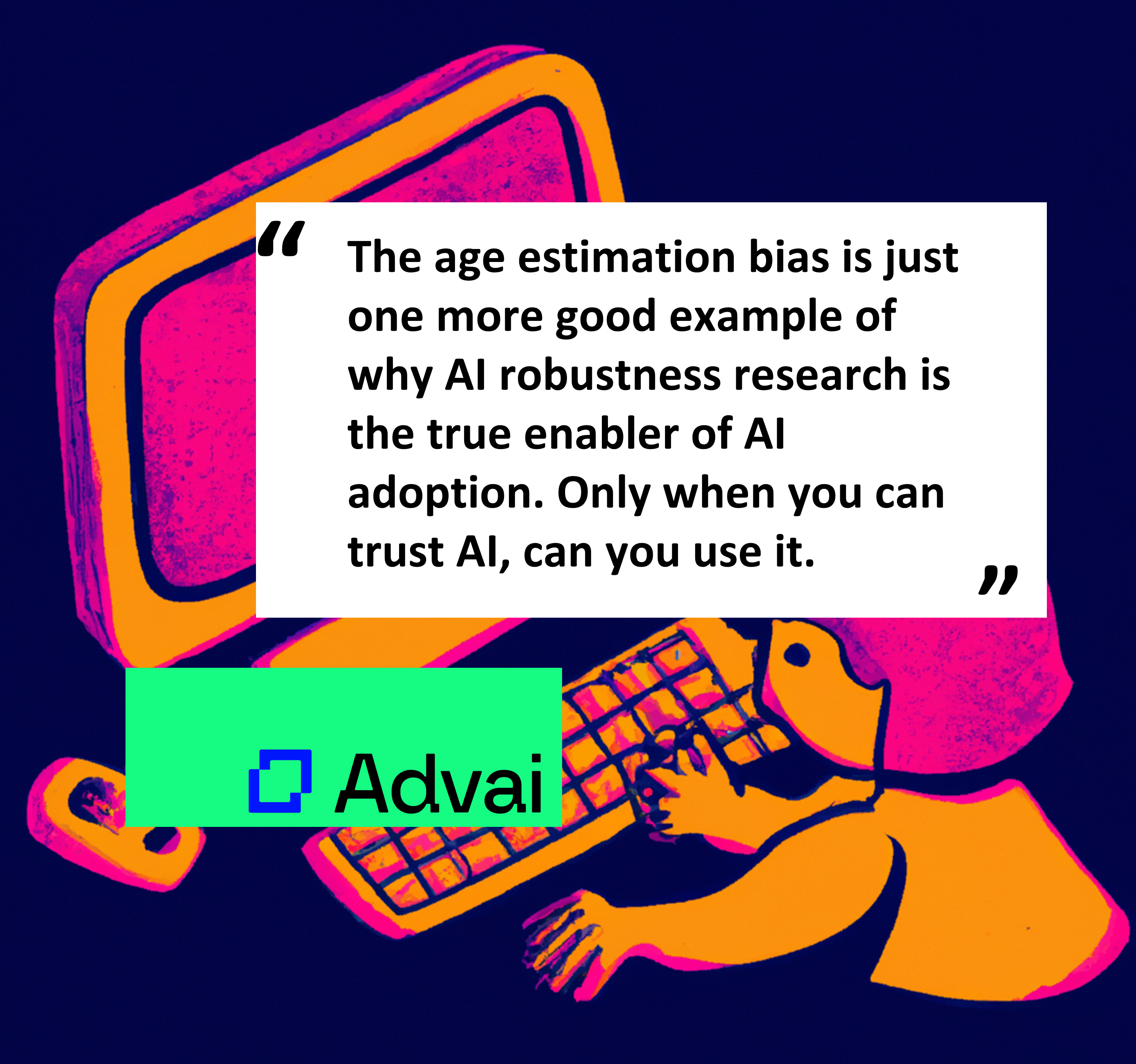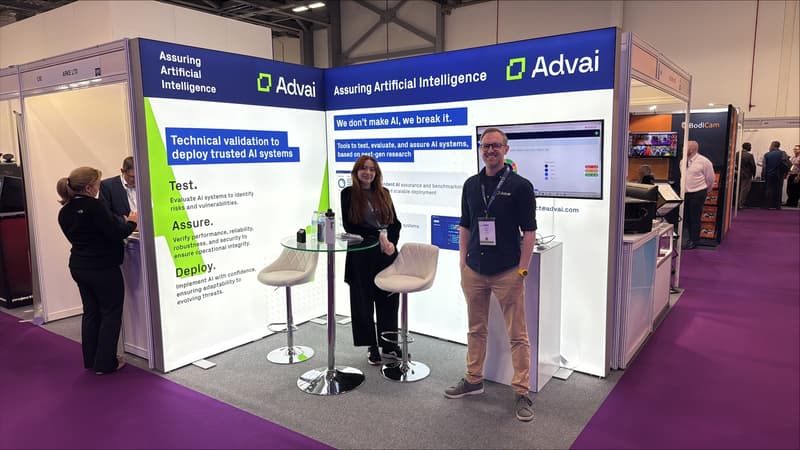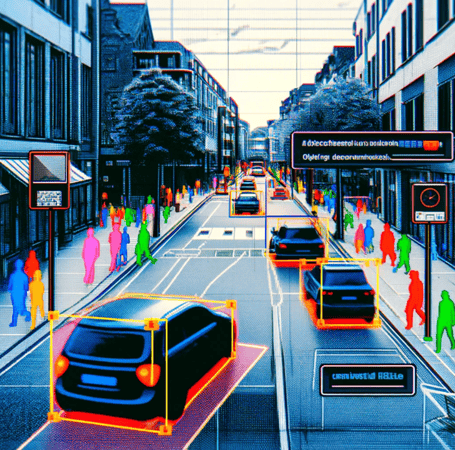Women’s ages were underestimated, South Americans had their ages generally overestimated, while the ages of Asians were also underestimated.
Biased age estimation is a great example of algorithmic #discrimination. Such #AI algorithms are therefore unfit for use. Right?
Well, their use is threatening to happen anyway. With multiple US federal bills and the UK’s Online Safety Bill looking to legislate online age verification, improving the robustness of these systems is becoming growingly urgent.
*NIST’s 2014 finding of bias across age estimation algorithms was eye opening. They’ve now reopened the call for developers to comment. We’re in strong support of NIST continuing to engage the AI community, challenging us to remove the discrimination from #artificialintelligence systems.
Read on to find out more!











